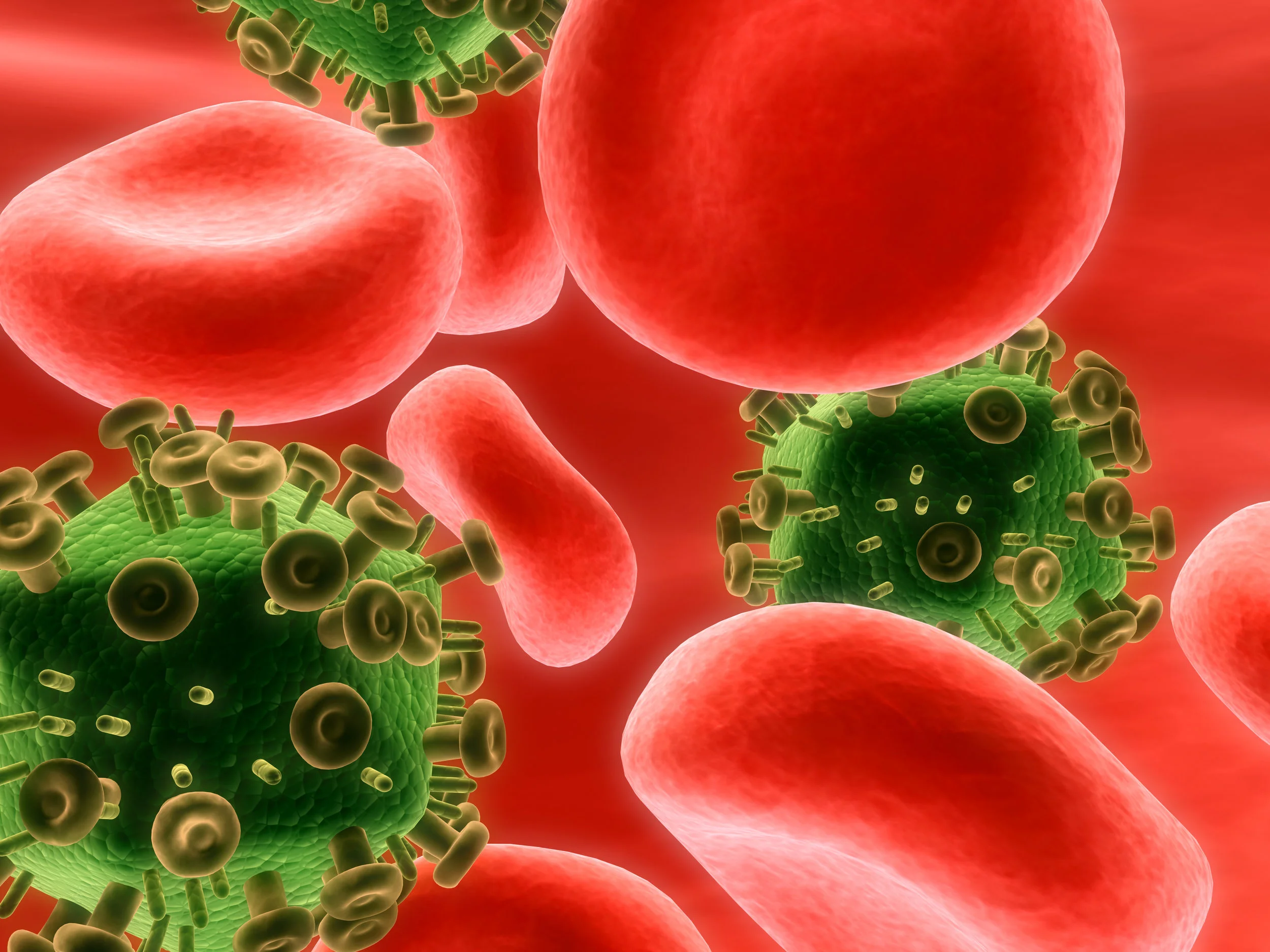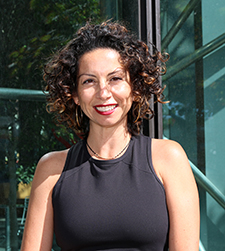More than $3.5 million awarded to researchers
aiming to overcome barriers to curing HIV
NEW YORK, NY, July 13, 2017 – amfAR, The Foundation for AIDS Research, has awarded more than $3.5 million for 13 new research grants to support innovative approaches to depleting or eliminating the persistent reservoirs of HIV not cleared by antiretroviral therapy – considered the main barrier to a cure. The grants represent the latest investments in the Foundation’s Countdown to a Cure for AIDS initiative, which is aimed at developing the scientific basis of a cure by the end of 2020. To date, amfAR has awarded Countdown grants totaling close to $42 million to support research conducted by more than 222 scientists working at 74 institutions in 10 countries around the world.
“Curing HIV is no longer a pipe dream, and the case of ‘the Berlin patient’ provides proof-of-principle that a cure is possible,” said amfAR Chief Executive Officer Kevin Robert Frost, referring to the only person known to have been cured of HIV. “However, several complex scientific challenges remain, and these new grants reflect amfAR’s determination to pursue a range of strategies to overcome them.”
Through the amfAR Research Consortium on HIV Eradication (ARCHE), a program that fosters collaboration among teams of scientists, more than $2.3 million in grants was awarded to seven teams of researchers working on gene therapy-based approaches to curing HIV. While pharmacological and immunological approaches remain the dominant cure strategies, the Berlin patient’s cure involved a procedure that points to the promise of gene therapy.
The grantees are: Hildegard Büning, Ph.D., of Hannover Medical School in Hannover, Germany; Keith Jerome, M.D., Ph.D., of University of Washington in Seattle; Hans-Peter Kiem, M.D., F.A.C.P., of Fred Hutchinson Cancer Research Center, Seattle; Scott Kitchen, Ph.D., of University of California, Los Angeles; Yasuhiro Takeuchi, Ph.D., of University College London, United Kingdom; Drew Weissman, M.D., Ph.D., of University of Pennsylvania, Philadelphia; and Richard Wyatt, Ph.D., of The Scripps Research Institute in La Jolla, CA.
Gene therapy offers the tantalizing possibility of manipulating DNA as a means of attacking infected cells that make up the HIV reservoir, altering the susceptibility of cells to HIV infection, or enhancing the ability of the immune system to attack or block the virus. But it carries a number of risks and challenges. Scientists need to find ways to improve the efficiency of appropriately altering DNA, effectively target the correct cells, and enable the therapy to safely persist long enough to have an effect.
The researchers will pursue projects aimed at: designing and refining vectors that can accurately target the cells that make up the reservoir and regions such as the lymph nodes, where the reservoir cells tend to be concentrated; using so-called CAR T cells, which have shown remarkable promise in clearing some types of cancer, as a potential means of killing HIV-infected cells; and exploring the potential of using viral and non-viral delivery mechanisms to deliver emerging types of genetic scissors that could cut the virus out of human DNA.
In a second round of grants, amfAR awarded $1.2 million to six researchers who will explore mechanisms of HIV persistence and the potential for HIV eradication. These “Innovation” grants are designed to test and advance innovative ideas in the early stages of testing.
For instance, Andrew Badley, M.D., from the Mayo Clinic College of Medicine in Rochester, MN, will test whether ixazomib, a drug currently used to treat the blood cancer multiple myeloma, can reduce the size of the viral reservoir in the body. Joshua Schiffer, M.D., from Fred Hutchinson Cancer Research Center in Seattle, WA, will test a drug normally used to prevent organ transplant rejection for its potential to eliminate the persistent HIV reservoir.
Andrew Henderson, M.D., from Boston University School of Medicine in Boston, MA, and Fabio Romerio, Ph.D., from University of Maryland, Baltimore, MD, will both explore a cure strategy known as “block & lock,” which aims to permanently silence HIV and prevent the emergence of virus when antiretroviral therapy is stopped.
Brad Jones, Ph.D., from The George Washington University, Washington, DC, aims to develop a new class of broadly neutralizing antibodies that enable the immune system to recognize proteins not normally accessible to the body’s antibody making machinery. The goal is to increase the number of people in whom broadly neutralizing antibodies are able to find and kill HIV-infected cells.
And to better understand how Timothy Brown, “the Berlin patient,” was cured of HIV, Benjamin Burwitz, Ph.D., from Oregon Health and Science University in Portland, will explore the precise mechanisms that led to his cure by generating a monkey model lacking the protein CCR5, the primary means by which most types of HIV infect cells.
“These two rounds of grants get to the heart of the scientific challenges we face in our search for a cure,” said Dr. Rowena Johnston, amfAR’s vice president of research. “Through these projects, we will continue to forge the scientific alliances - within HIV and beyond - that we believe are our best hope for accelerating progress toward a cure.”
Click here for full descriptions of the ARCHE and Innovation grants.
About amfAR:






















